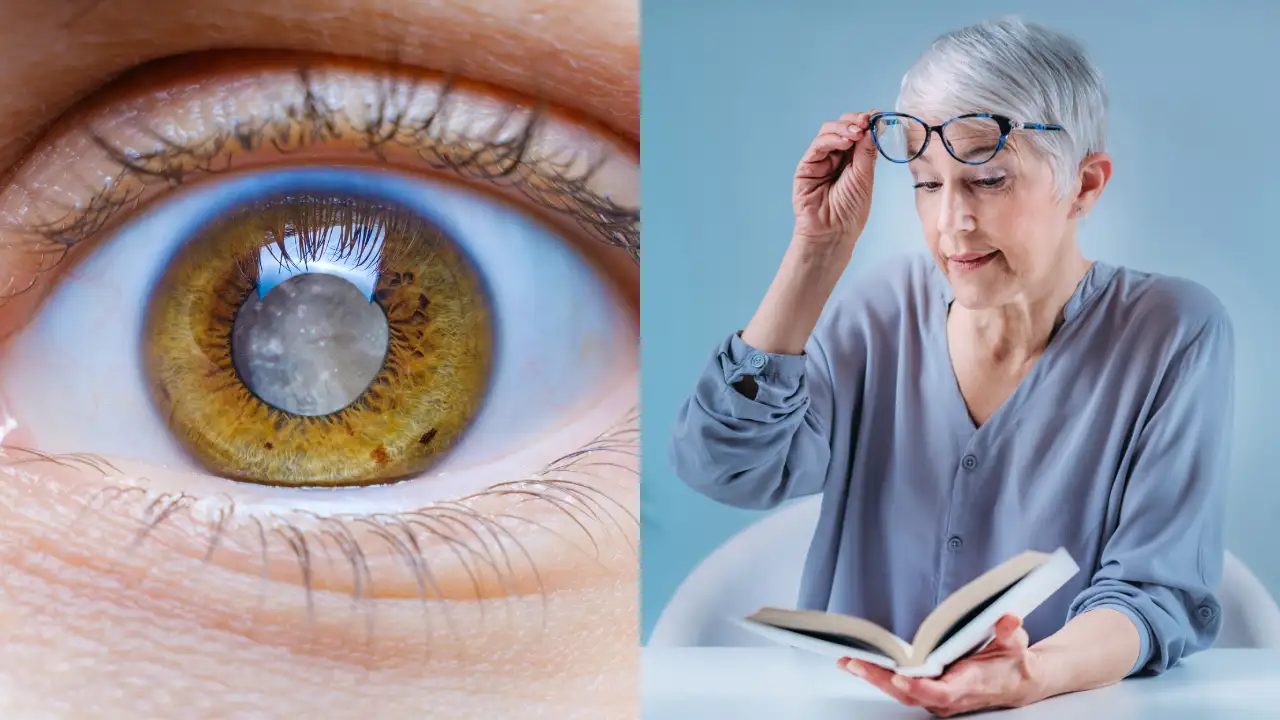You may find yourself squinting at the road, struggling with glare from headlights, or noticing that colours seem duller than before. If you have changed your glasses multiple times recently without much improvement, it may not just be age or screen fatigue. These could be early signs of cataracts—a condition commonly associated with older adults but increasingly affecting people at a younger age.
Cataracts are no longer the exclusive territory of the elderly, and recognising the early symptoms is essential for timely diagnosis and treatment. According to Dr. Vishal Arora, Head of Ophthalmology at Artemis Hospitals, younger adults are increasingly being diagnosed due to modern lifestyle choices like endless screen time, smoking, long-term steroid use, and yes, that sun-worshipping phase you went through without proper UV protection. “When the lens of the eye gets cloudy, it causes cataracts and blurry vision. A lot of people do not pay attention to the early signs because they think they just need new glasses,” says Dr. Arora.
What are the early warnings hiding in plain sight?
1. Blurry or Cloudy Vision
That foggy feeling, like someone smeared petroleum jelly on your spectacles, is not normal. Dr. Arora likens it to “looking through a dirty window” and warns that this is usually the first sign of trouble.
2. Increased Sensitivity to Light and Glare
If you have started wincing at headlights or struggling under bright sun, your eyes are waving a red flag. “Sensitivity to light and glare is a very common but often ignored early sign,” adds Dr. Smit Bavariya, cataract, glaucoma and LASIK surgeon at Dr. Agarwals Eye Hospital, Wadala.
3. Halos Around Lights
Those glowing rings around lights at night? Not a TikTok filter, unfortunately. “People often dismiss this as tiredness or dry eyes, but it can signal early cataracts,” says Dr. Arora. And no, caffeine would not fix it.
4. Frequent Changes in Glasses Prescription
You are not just indecisive; your changing prescriptions might be your lens trying to cope with its own cloudiness. “If your glasses power is fluctuating every few months and you still do not get clarity, that is a red flag,” warns Dr. Bavariya.
5. Faded or Yellowing Colours
A subtle change in how you perceive colours could mean the lens is starting to yellow. Dr. Arora points out that this not only dulls your vision but can also interfere with everyday tasks like driving or choosing ripe fruit.
6. Double Vision in One Eye
If you have started seeing duplicates, that is not your brain playing tricks. “Monocular double vision can happen when the lens scatters incoming light,” says Dr. Arora, “and it is a commonly missed sign.”
- While many still believe cataracts come only in the twilight years, both experts stress that more people are developing them in their 40s, even earlier. Lifestyle is a big culprit here—Dr. Bavariya calls out prolonged UV exposure, screen fatigue, and chronic conditions like diabetes as major contributors.
However, cataracts are one of the most treatable vision issues. A quick 15–20 minute surgery can restore crystal-clear sight in most cases. But do not wait until you are seeing triple. “Everyone above 40 should get annual eye exams, even if they feel fine,” says Dr. Bavariya.
